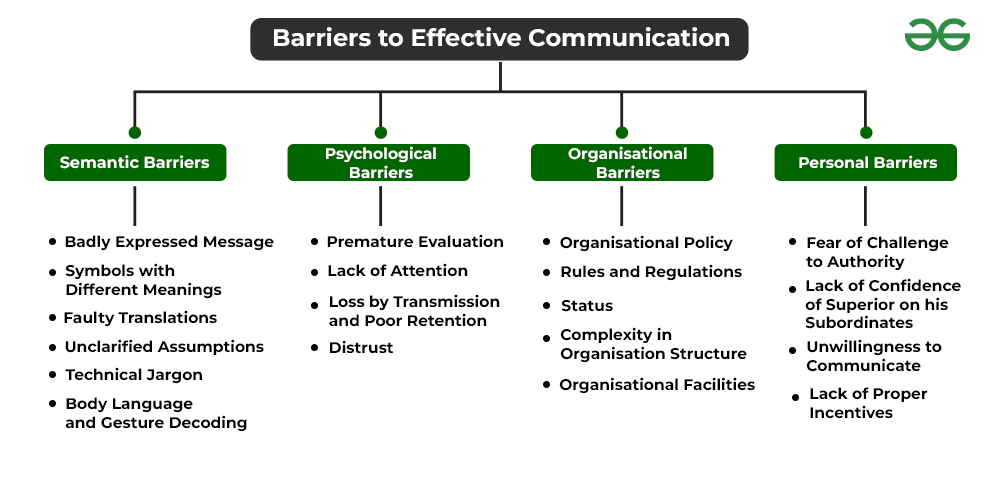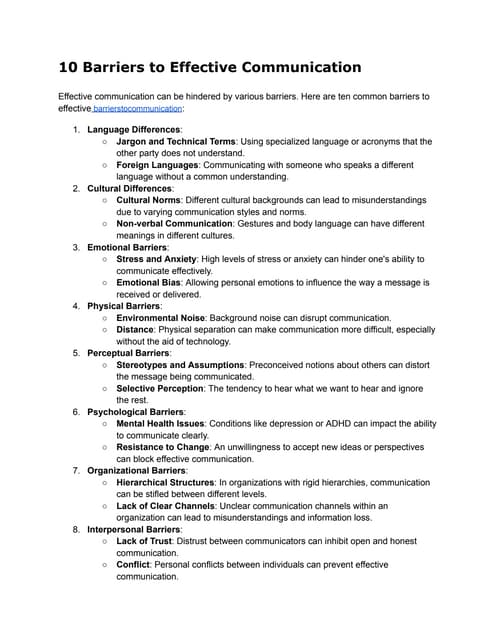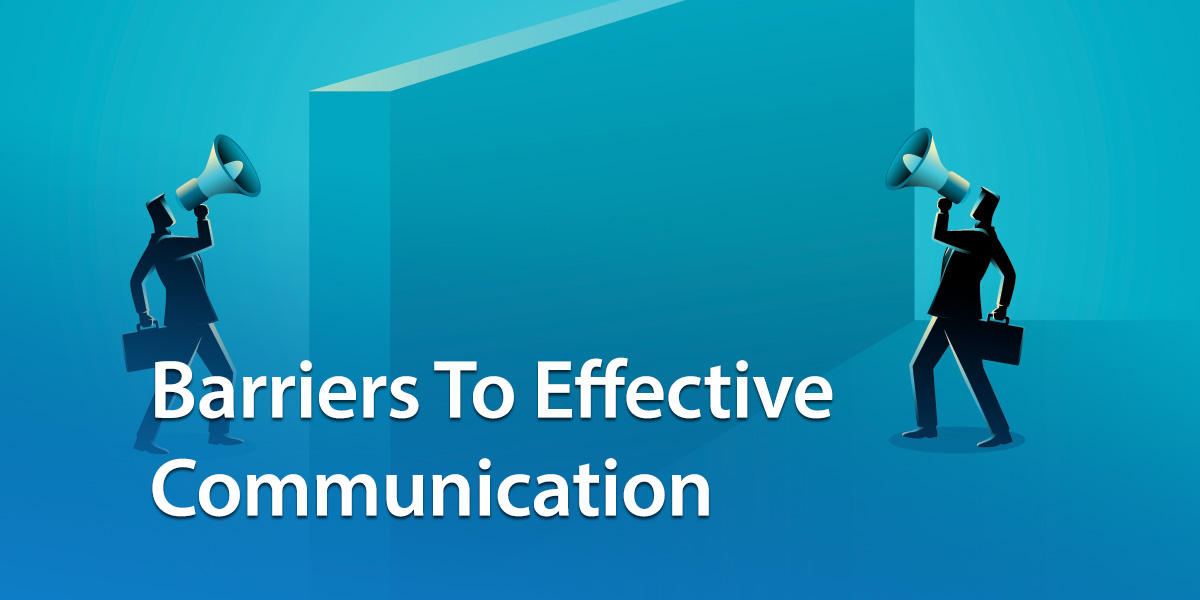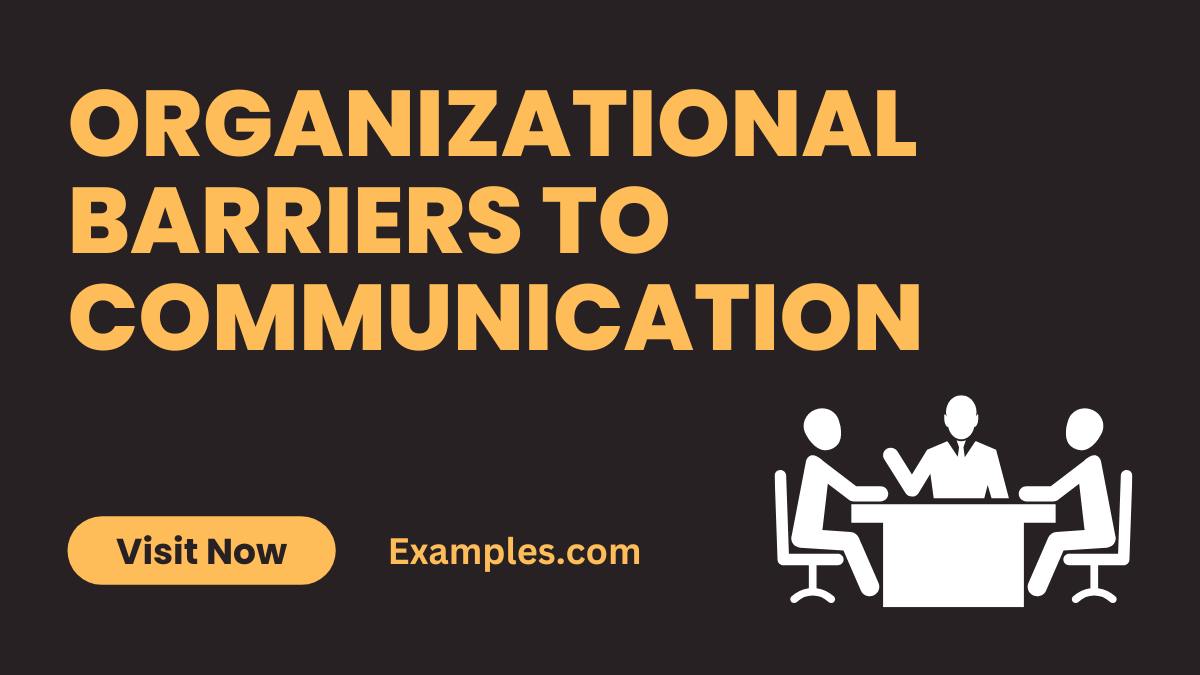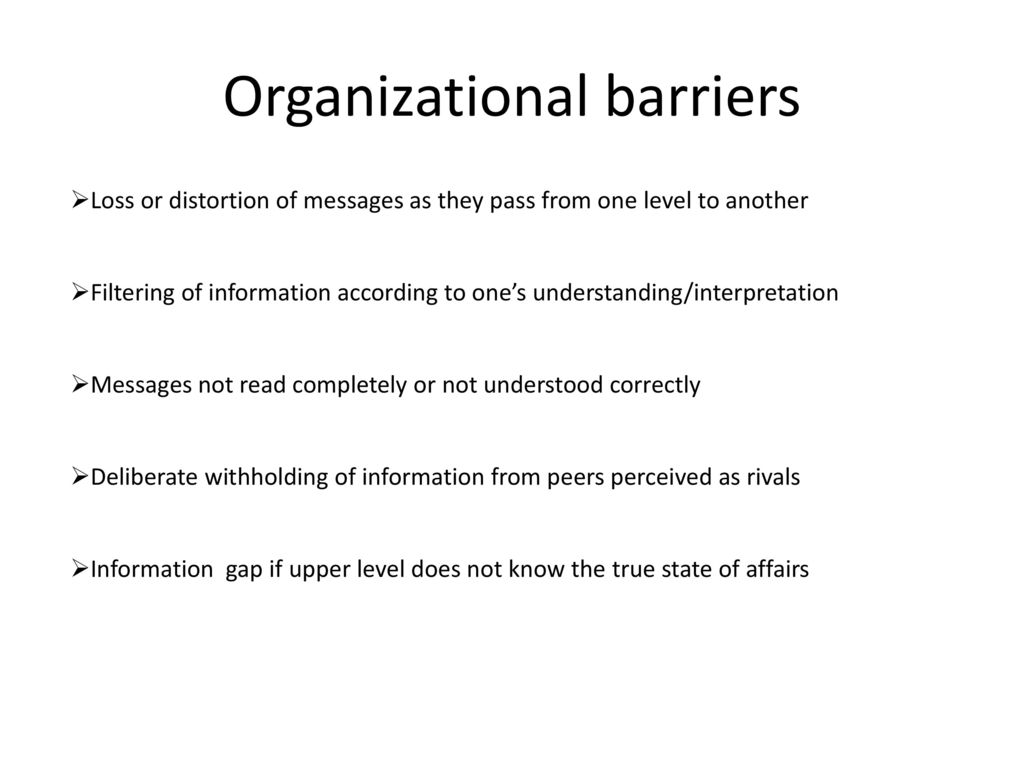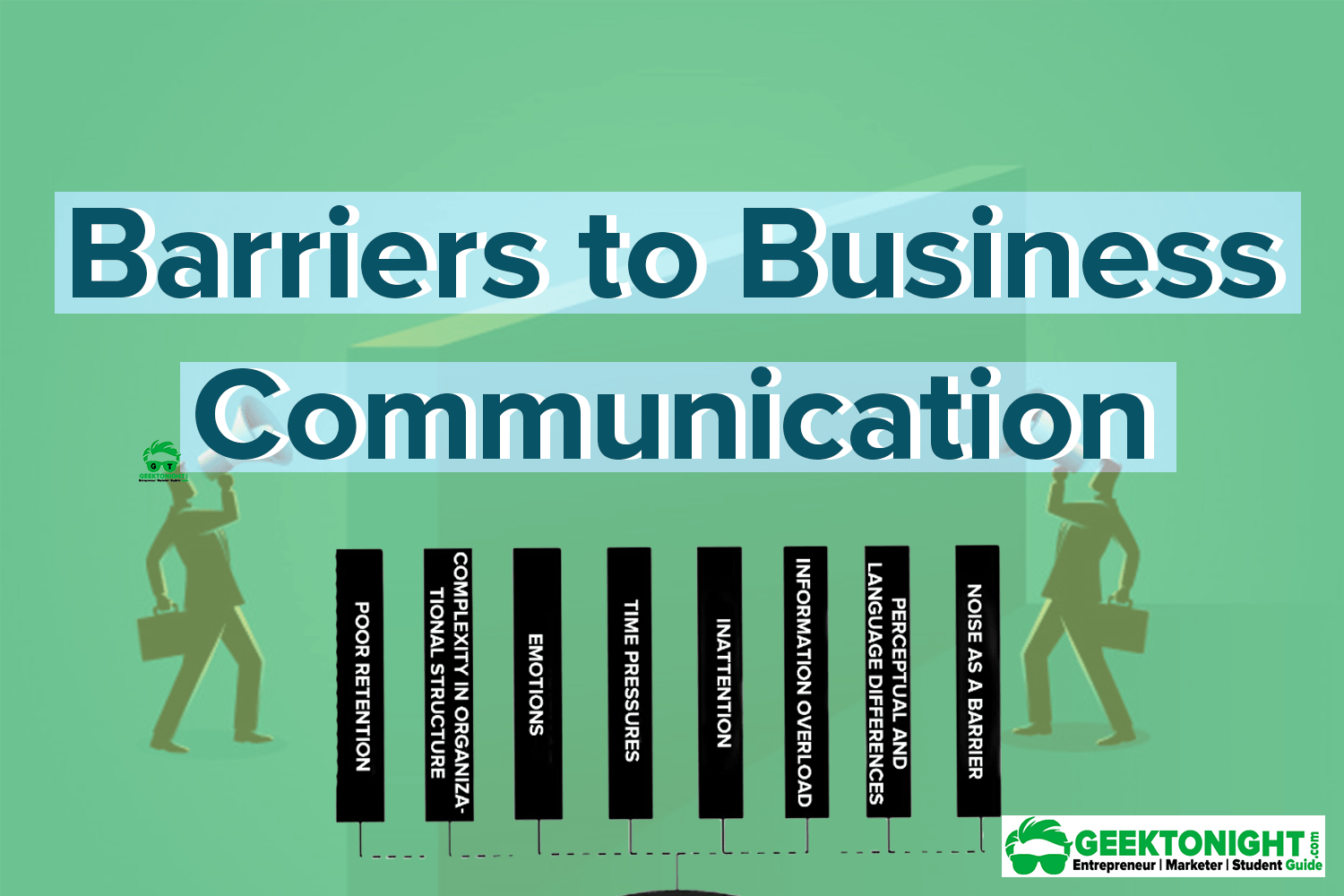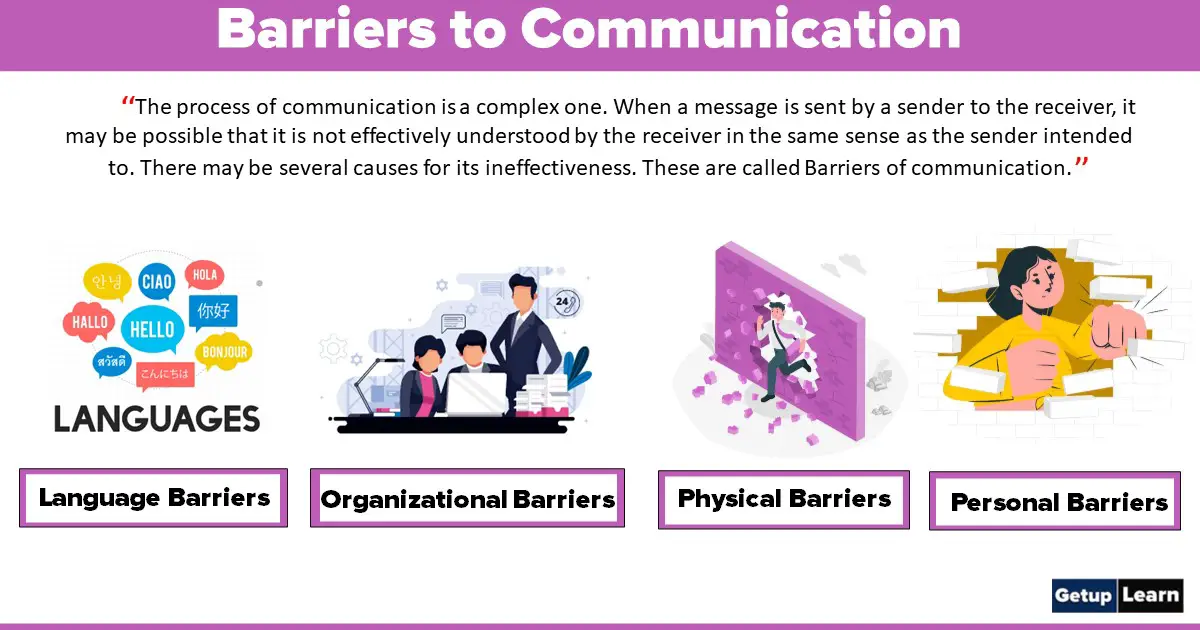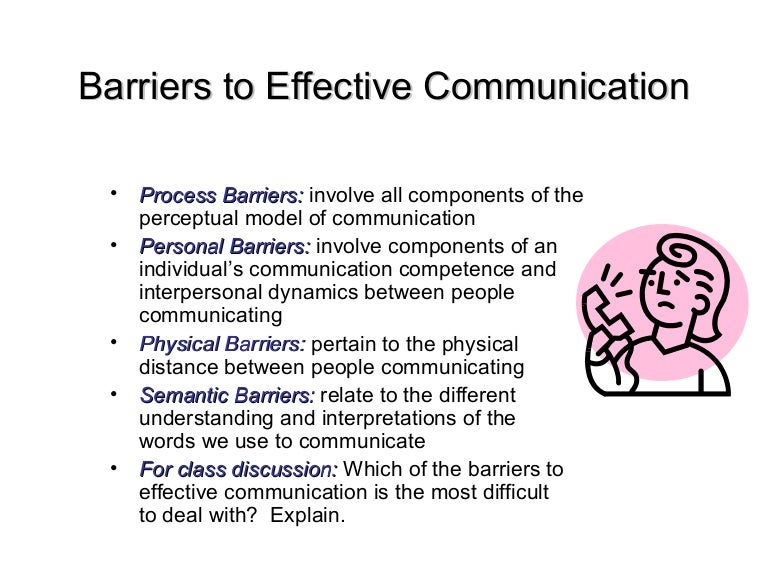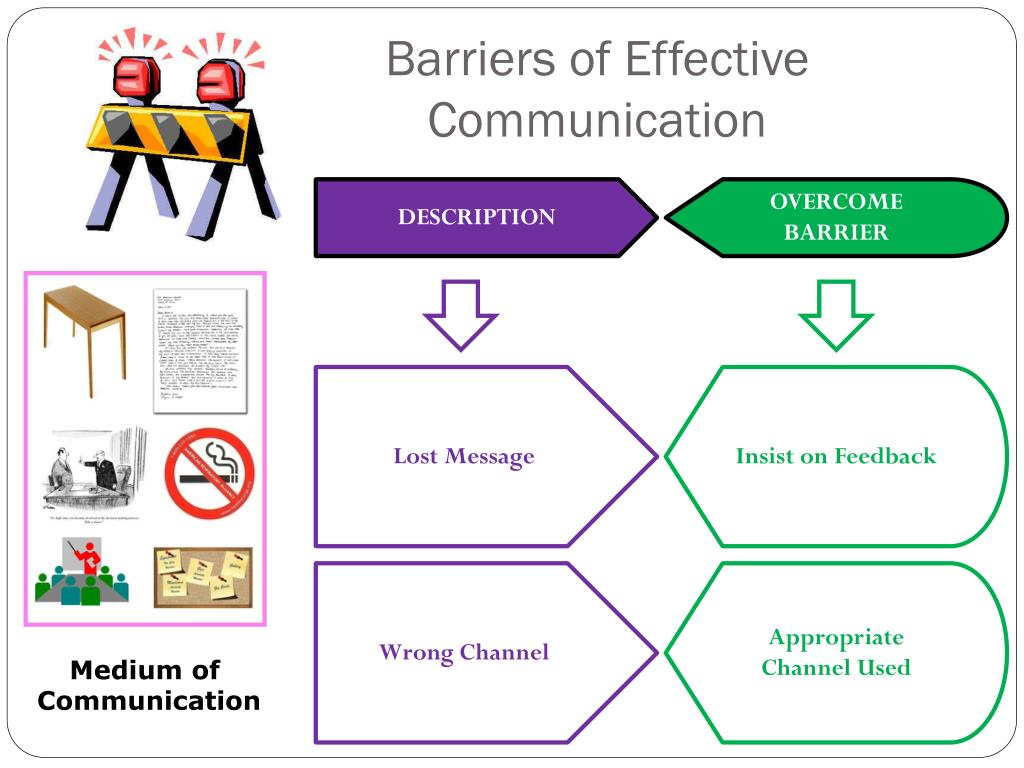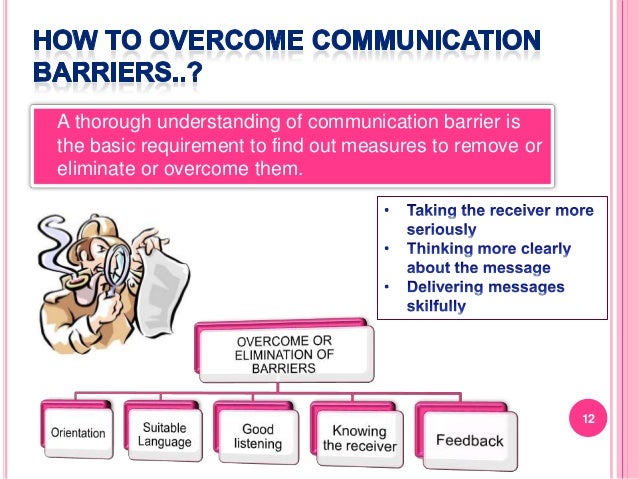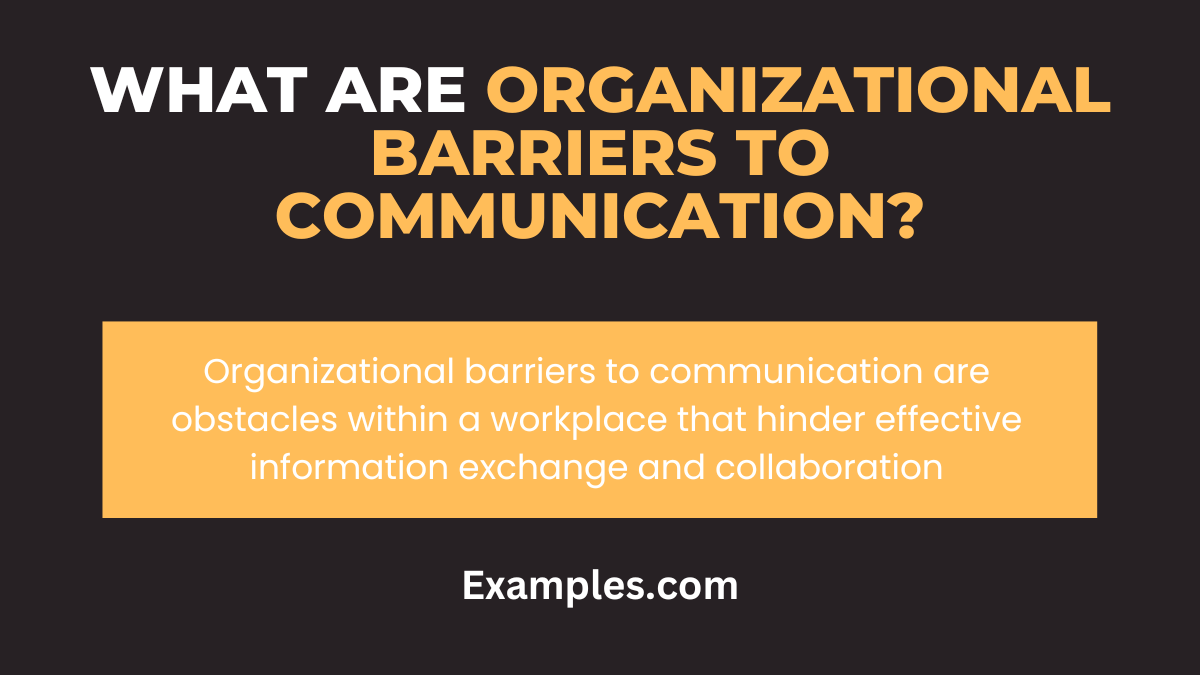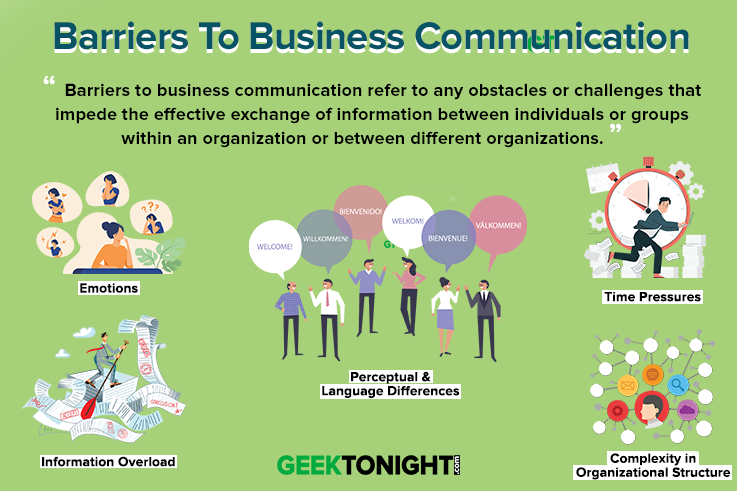Barriers To Effective Communication In An Organization Pdf
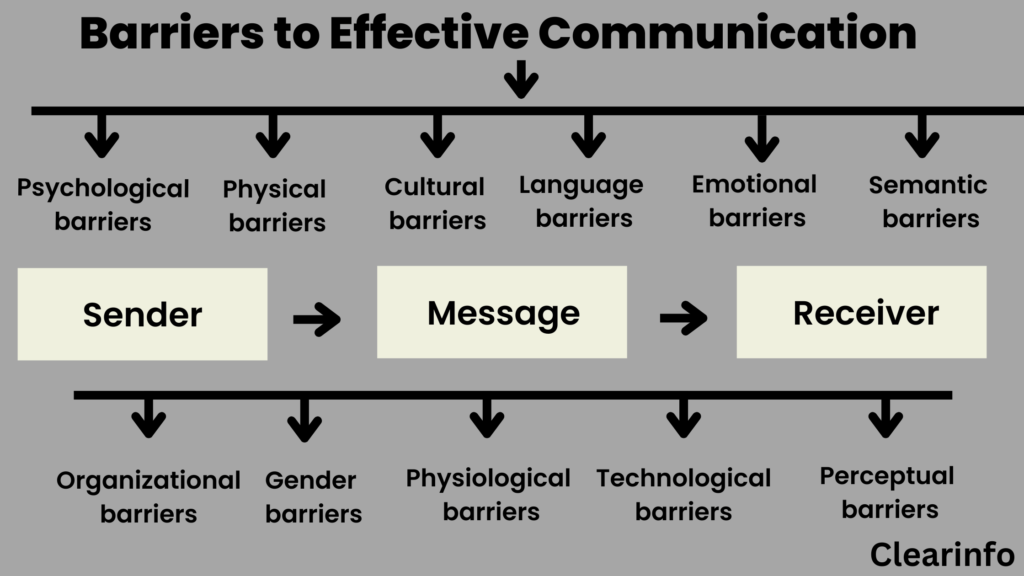
Organizational communication breakdowns are costing companies billions annually, hindering productivity and impacting employee morale. A recent analysis of internal communication practices reveals significant barriers consistently impede effective information flow within organizations of all sizes.
The report, drawing on surveys of over 500 companies and a review of existing literature on organizational communication, identifies key obstacles. These barriers include hierarchical structures, information overload, lack of transparency, inadequate feedback mechanisms, and technological limitations.
Hierarchical Structures and Filtered Information
Traditional hierarchical structures often act as bottlenecks, filtering information as it travels up and down the chain of command. This filtering can lead to distorted messages and delays in decision-making, impacting overall agility.
"The more layers an organization has, the greater the risk of information distortion," stated Dr. Anya Sharma, lead researcher on the project.
Information Overload and Cognitive Overload
Employees are often bombarded with an overwhelming amount of information, making it difficult to discern critical details. This leads to cognitive overload, reduced attention spans, and ultimately, miscommunication and errors.
The study found that employees spend an average of 28% of their workday managing email alone.
Lack of Transparency and Distrust
A lack of transparency from leadership can breed distrust and suspicion among employees, hindering open communication. When information is withheld, employees are more likely to rely on rumors and speculation, further exacerbating the problem.
"Open and honest communication is crucial for building trust within an organization," emphasized the report.
Inadequate Feedback Mechanisms
Without effective feedback channels, organizations struggle to gauge employee understanding and address concerns. This can lead to misunderstandings, dissatisfaction, and a decline in productivity.
The report highlights that only 30% of employees feel their feedback is valued by their organization.
Technological Limitations and Digital Divide
While technology offers numerous communication tools, its misuse or inadequate implementation can create further barriers. The 'digital divide' - varying levels of technological proficiency among employees - further complicates matters.
Many organizations are still relying on outdated systems that are not optimized for mobile communication or remote work.
The Cost of Ineffective Communication
The consequences of these communication barriers are significant, impacting everything from employee engagement to bottom-line profitability. Misunderstandings can lead to errors, delays, and ultimately, lost revenue.
Industry analysts estimate that communication inefficiencies cost U.S. companies alone upwards of $37 billion annually.
Recommendations for Improvement
The report offers several key recommendations for organizations seeking to improve their communication practices. These include streamlining hierarchical structures, promoting transparency, investing in communication training, and implementing effective feedback mechanisms.
The study also suggests exploring innovative communication tools and platforms that can facilitate real-time information sharing and collaboration.
Companies must prioritize communication as a strategic imperative, rather than an afterthought, the report concludes.
Next Steps and Ongoing Developments
A follow-up study is planned for next quarter to delve deeper into the specific communication challenges faced by remote and hybrid teams. The findings will be presented at the annual Organizational Communication Conference in October.
Organizations are urged to implement these recommendations immediately to mitigate the risks associated with poor communication and improve overall performance.
